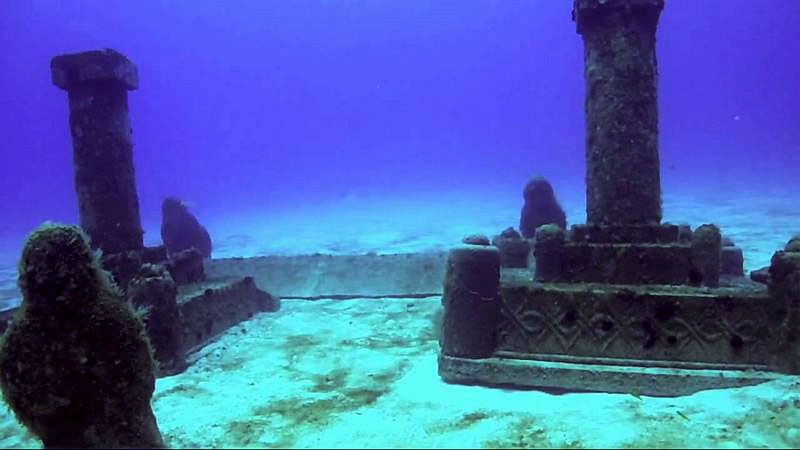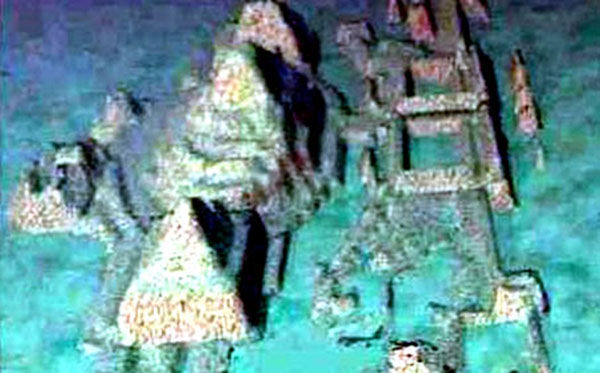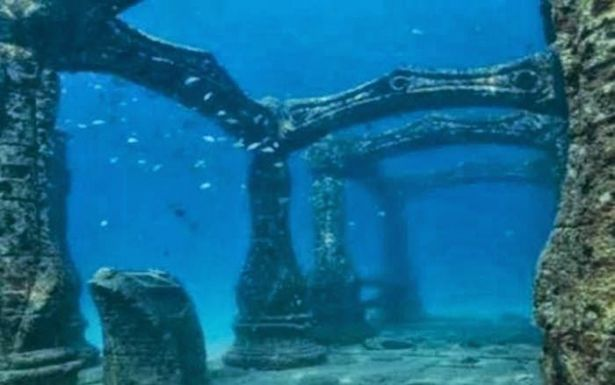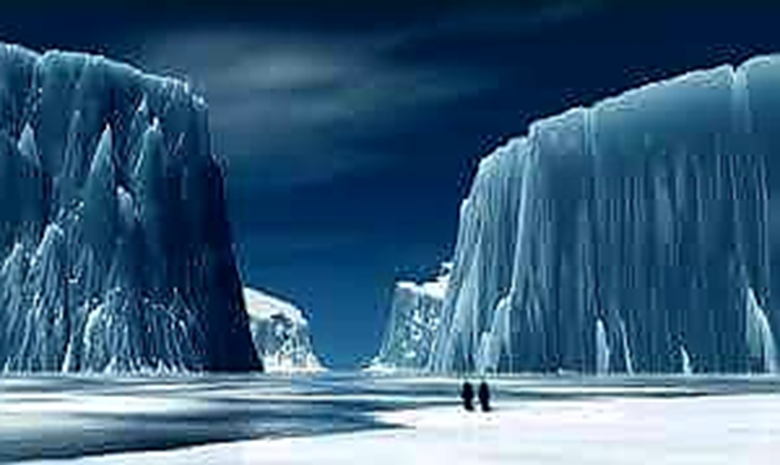7of the most important civilized cities sunk in the seas and oceans of the world
The sea swallowed up cities that were among the most beautiful places on Earth thousands of years ago. There is a wealth of human history represented in 7 of the most famous and oldest ancient civilizations whose lands witnessed the most ancient civilizations and the most powerful empires before they ended up at the bottom of the seas and oceans in the world.

The most famous and ancient sunken ancient civilization cities
Perhaps sank by devastating earthquakes, tsunamis, or other catastrophes thousands of years ago, many of these cities were discovered recently, by accident or through emerging technological innovations. Some have even caused scholars to question the history of human civilization.
Alexandria Egypt :
Located off the shores of Alexandria, the city of Alexander the Great, are what are believed to be the ruins of Cleopatra's royal quarters. It is believed that earthquakes over 1,500 years ago were responsible for throwing this into the sea, along with artifacts, statues, and other parts of Cleopatra's sunken palace. The city of Alexandria plans to offer underwater tours of this wonder.

Sunken ruins of Heracleion in Alexandria
The city of Heraklion or Thonis is located 6 km from the shore of the city of Alexandria, which was founded by Alexander the Macedonian to be a port to Greece and at a depth of 10 meters below sea level, which was discovered by the French scientist Frank Godeau, specifically in 1992. It was an important port for Egypt on the coasts of the Mediterranean, which The history of the city dates back to 1200 years, where more than 60 sunken ships and more than 700 berths were found, including marble floors and a palace believed to be Cleopatra’s palace, in addition to giant statues, perhaps including the famous statue of Cleopatra, in addition to gold artifacts, coins and coffins.
Bay of Cambay, India:
A few years ago, I discovered the remains of a vast city estimated to be 9,500 years old. This submerged ruin has intact architecture and human remains. The discovery was called Dwarka, or "the golden city", after an ancient city in the sea said to belong to the Hindu god Krishna, who owned dozens of golden palaces and the city remained thriving until the death of Krishna. Currently, these ruins are located At a depth of 40 meters below the surface of the ocean in the bay city of Dwarka, which is one of the seven oldest cities in India.

Bay of Cambay, India:
Lion city of quiandao lake, China:
Shi Cheng (Lion City) was built in 621 AD, and the city gained its name from the nearby Wu Shi Mountain ("Five Lion Mountain") which lies directly behind the city.

Kendo Lion City
It is considered the most amazing underwater city in the world and is definitely a "wonder". It was built in the Eastern Han Dynasty around 25-200 AD, and its area is estimated to be 62 football fields. Today, the city is located at a depth of 24-36 meters below the surface of the Thousand Island Lake, which is named after the thousand islands scattered on the surface of the lake, which is the area that was flooded by the flood waters that occurred in 1950.
In fact, the city was deliberately flooded. In order to supply the electrical needs of the rapidly growing city of Hangzhou, the Chinese government built the Xinan River Hydroelectric Station. A dam was built, and the ancient city was submerged beneath the resulting artificial lake.
As for the statues that adorn the city, they rival the beauty of Alexandria in Egypt. Therefore, it is not surprising that the Lion City is one of the most popular tourist destinations in China and one of the most important diving sites in the world and China.
Yonaguni-Jima, Japan:
The Yonagumi Stones are considered a chapter of a mysterious and advanced human civilization that disappeared and left endless mysteries around it.
The submerged stone structures lying just below the waters off Yonaguni-jima are actually the ruins of an ancient Japanese civilization - apparently sunk by a devastating earthquake some 2,000 years ago.
That's the belief of Masaaki Kimura, a marine geologist at the University of Ryukyus in Japan, who has been diving to the site to measure and chart its formations for more than 15 years.

Ruins of Yonagomi, Japan
Controversies have been raised over the site's mysterious underwater pyramids. These structures appear to have been hewn directly from bedrock in a modification process using tools previously thought unavailable to ancient cultures in the region.
To this day, experts are still debating whether the underwater city off the coast of Japan was man-made or just an act of nature, and while there is evidence to support the natural theory, it is hard to believe that such things could happen. “naturally,” especially when one looks at the terraces, stones, and triangular shapes that make up the pyramids. A large number of diving enthusiasts head to this place to explore it. And in the event that these structures were man-made, experts believe that they were built during the last ice age, about 10 thousand years BC.
Havana, Cuba:
A team of scientists continues to explore the rocky ruins found in the Yucatan Channel near Cuba. They found evidence of a vast urban environment stretching for miles along the ocean shore. Some believe that the civilization that inhabited these civilizations predates all known ancient American cultures. To date, there are only computer models of this mysterious underwater city.

Rocky ruins in the Yucatan Canal
Port Royal, Jamaica:
This city was a center for the activity of pirates with a bad reputation, as they used to go there every night to drink and stay up late, and it remained so until June 1692 when a devastating earthquake (7.5 degrees on the Richter scale) shook the island of Jamaica, so the ocean swallowed the city of Port Royal due to the instability of its architectural foundations killing more than two thousand of its inhabitants.

Port Royal
Atlantis :
Atlantis, Antarctica? More than a hundred years ago, a museum curator in Istanbul made a remarkable discovery. Examining an old map on buckskin, he finds a location that points to a mountain range where Antarctica is today. This map, amazingly, is one of many pieces of evidence that people have used to try to claim that Antarctica is, in fact, the mythical lost continent of Atlantis.

Antarctica
Other evidence includes the recent discovery (via sonar technology) of land beneath Antarctica as well as the cartographic systems used by ancient cartographers, which point to the possible existence of Atlantis far beyond the Mediterranean Sea.
Source: websites

